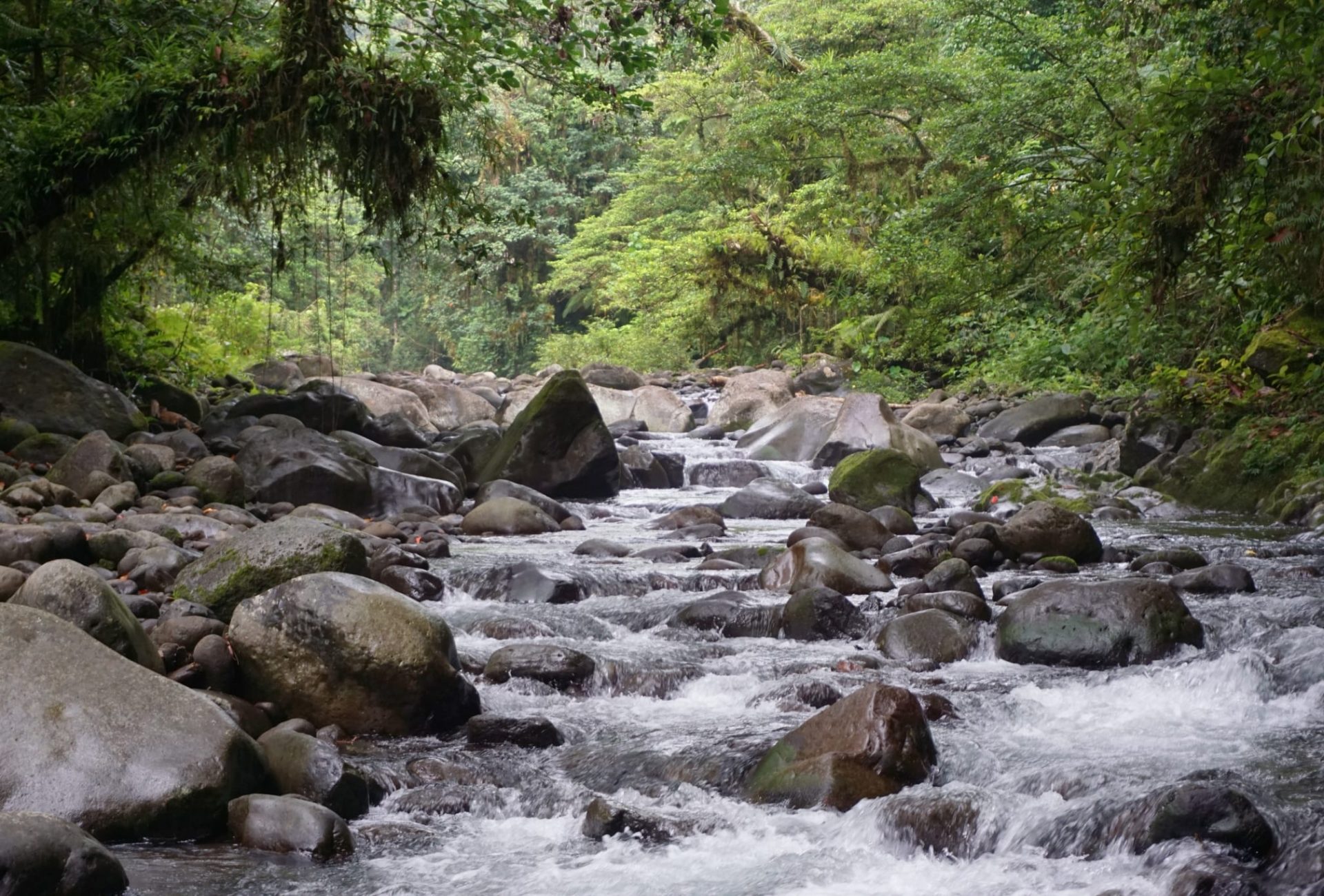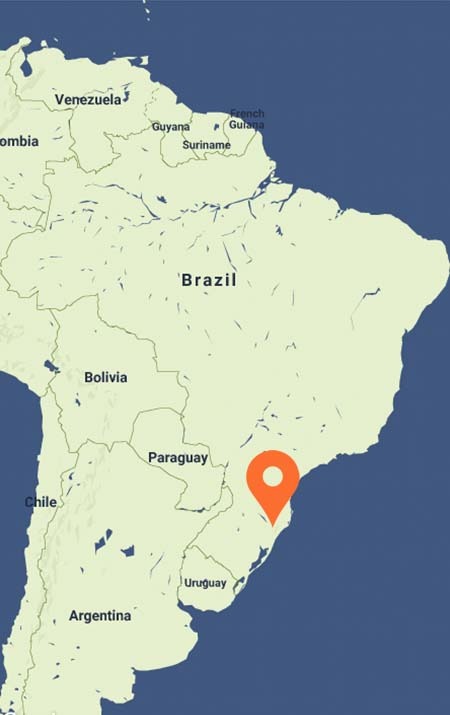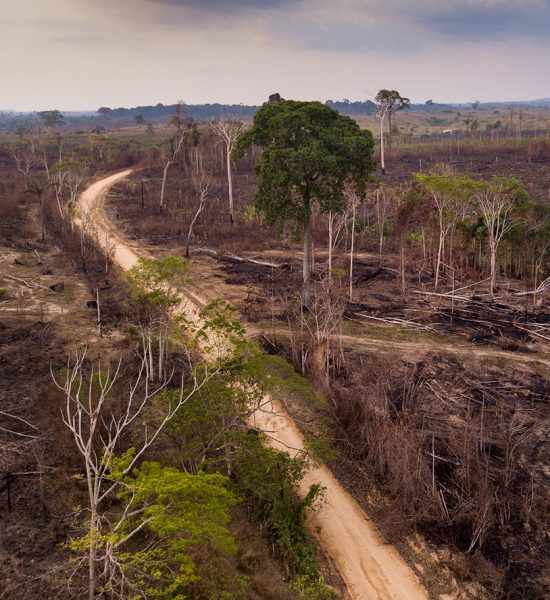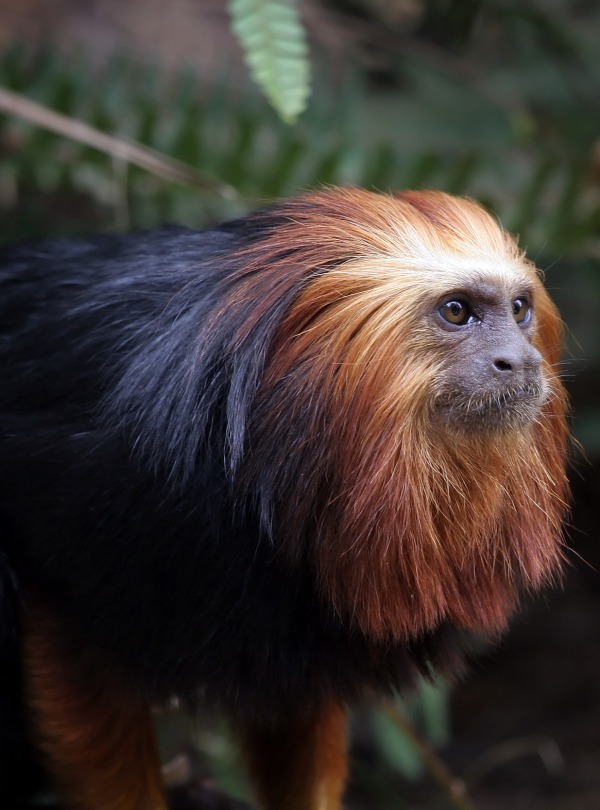
Help Save Critical Parts of the Brazilian Atlantic Forest
Support more work like thisSupport more work like thisThe Brazilian Atlantic Forest once covered the entire coast of country, only 7% remains today.
-
Species at Risk
3 Species
-
Carbon stored
10,746*
*(metric tons of CO2 equivalents) -
Partner
Associação dos Amigos do Meio Ambiente (AMA)
-
222.30 Proposed Acres Conserved by
Purchase
-
Project Cost: $327,971

222.30
The Brazilian Atlantic Forest once covered the entire coast of country, only 7% remains today.
-
Species at Risk
3 Species
-
Carbon stored
10,746*
*(metric tons of CO2 equivalents) -
Partner
Associação dos Amigos do Meio Ambiente (AMA)
-
222.30 Proposed Acres Conserved by
Purchase
-
Project Cost: £240,562

222.30
Stop deforestation in the Brazilian Atlantic Forest
The Brazilian Atlantic Forest spans from the northeast part of the country, along the Atlantic coastline and inland into northeast Argentina and eastern Paraguay. Known for its magnificent species and high levels of endemism, the forest comprises a wide variety of ecoregions, like tropical forests, tropical grasslands, shrublands and mangrove forests. While this forest once covered the coast of Brazil, only about 7% remains today.
The Araucaria moist forests of Santa Catarina are a critical region within the Atlantic Forest. Over the last 70 years, these forests have been degraded from unsustainable agricultural expansion and cattle grazing, now only 3% remain in Brazil. To stop further destruction to the region and preserve the threatened species within, Rainforest Trust has made saving what remains of the Atlantic Forest a top conservation priority.
In 2016, we worked with our local partner to create the 113-acre Papagaios-de Altitude Private Reserve of Natural Heritage. But as threats increase, expansion is necessary.
Did you know?
of the Araucaria moist forests of Santa Catarina remain intact.
Explore the Brazil Atlantic Forest

Jaguar, by Pedro Helder Pinheiro

Swallow-tailed Hummingbird, by Luis Claudio Marigo

Photo by Robin Moore
Safeguard key food sources for threatened birds
This highly threatened Key Biodiversity Area is home to over 139 bird species, like the Crowned Solitary Eagle, Saffron-cowled Blackbird, as well as 35 tree species, including the Parana Pine. The Panara Pine is one of the most valuable tree species in the country to animals. Unfortunately, humans value them as well; over 97% of the Panara Pine forest cover has been destroyed after generations of deforestation and exploitation from the timber industry.
Many species rely upon the Parana for food, including the planet’s largest remaining population of the Vinaceous-breasted Amazon, that feeds on seeds and uses the trees to roost. The Vulnerable Red-spectacled Amazon, which migrates long distances to feed on the seeds of the Parana, uses the Araucaria as its main wintering and breeding grounds.
An enlarged protected area will also support 14 mammal species, including the larger territories big cats like Pumas need to survive.
Support local communities in conservation
Rainforest Trust and local partner, Associação dos Amigos do Meio Ambiente (AMA), seek to expand the Papagaios-de-Altitude Reserve by 222.30 acres, to create a 335.30-acre protected area.
By protecting a significant area of Araucaria forests, your donation will safeguard an important watershed for the reserve, including Viola stream and several other waterways, benefiting wildlife and communities alike.
In the future, the partner will install an environmental center to educate community members and tourists on the importance of forests and their rich biodiversity. They will also implement alternative sustainable livelihoods for the rural population, and responsible tourism.



